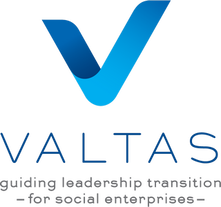THE LATEST FROM VALTASNews, updates, and stories to keep you in the know.
|
 What are your natural competencies as a leader? If you don’t know, how can you find out? And why should you care anyways? We’re helping today’s nonprofit leaders (and tomorrow’s nonprofit leaders in the making) answer these questions!
0 Comments
 As nonprofit consultants, we often talk internally about the challenges our clients are facing. We will share with each other regarding cause-specific issues, new challenges, and emerging opportunities. Since our team is comprised of experienced nonprofit leaders that work mainly in interim Executive Director roles, we have a unique vantage point that offers us valuable insights into where the nonprofit landscape is headed. We’d like to share that perspective with you to give you a glimpse into what is most important in the world of nonprofit management right now! We recently asked our team the question, “What do you think are the most important issues facing nonprofit leadership this year?” These are some of their responses:  Last month we published a resource on executive onboarding for nonprofits that aimed to help boards set their Executive Directors (EDs) up for success. Our team of nonprofit consultants worked together, leveraging their many years of experience, to create a clear roadmap for onboarding an ED with activities that spanned from day one to the end of their first year. And while we got feedback from many of you that it was highly informative and helpful, we also got a lot of follow-up questions about performance reviews. We heard from Board Presidents who asked things like, “How can we tell how well our ED is doing?” and “What exactly should we be looking at in an Executive Director’s performance review?” It was clear that this is an area where boards sometimes need additional guidance, which is why we decided to create a follow-up resource. This article is meant to pick up where the first one left off to answer your questions about what should be included in an Executive Director’s performance review to set your leadership (and the organization as a whole) up for lasting success.  Imagine the following scenarios:
In the nonprofit space, like all spaces, things go wrong. This can happen regardless of your level of preparation, financial capacity, and good intentions. Organizational leaders at the board and staff level need to know what has gone wrong and why so that they can make informed course corrections. Usually, the sooner they know, the better. But often, bad news doesn’t reach key decision makers in a timely way and sometimes it doesn't reach them at all! Nonprofit Executive Onboarding: How to Ensure an Executive Director’s Success in the First Year5/13/2024  Congrats, you have a new Executive Director! Now it’s time to set them up for success! Successfully navigating an executive leadership transition is one of the board’s most important jobs. It’s a big lift to find the organization’s next inspiring leader, and it’s important to celebrate the hiring milestone. But, as much as we may wish the job was finished when the offer letter is signed, one of the most critical phases of the leadership transition has just begun.  Delegating is both one of the best gifts that leaders can give and one of the hardest gifts for them to give. It’s difficult because it requires trust that the work at hand will be done to the standards of the leader delegating it in terms of quality, timeliness, accuracy, and scope. When looking at delegating in the context of nonprofit work, it’s especially challenging because the best nonprofit leaders are not simply talented professionals with high standards, they are also incredibly passionate about the cause they are supporting. Delegating means asking for the same level of commitment to the mission that they have themselves. And yet, delegating is also a very powerful tool that nonprofit leadership can use to both grow the next generation of leaders into changemakers and future-proof the organization. There is a beauty in recognizing this potential and letting that drive your desire to become better at the art of delegating.  What makes the best nonprofit leaders the best? In our line of work that’s something we talk about and strive to define every day. It’s an intensely human question, and at times it can be painfully introspective as well. But like most important questions, it’s one that makes us better for asking. So, is greatness something that some people are just born with or is it something forged through experience that anyone can achieve? We believe it’s the latter! Our team of nonprofit leaders has honed their skills over time, learning from their previous roles and consulting engagements and leveraging insights from their professional networks as they have progressed through their careers. They have seen the best and worked hard to join their ranks.  As a society we’ve weathered the storm of the pandemic and its subsequent prolonged fallout and now are firmly in what is being considered the “post-COVID” era. So, what does this mean for nonprofit organizations operating in today’s day and age? At each juncture our consultants have given their advice on how nonprofits should respond during these unprecedented times. We gave early advice on how to act quickly, mid-point advice on how to rethink strategic planning, and now it feels right to give a final summary of what the nonprofit world looks like to close out the discussion and equip organizations to understand how to navigate the road ahead. |
THE LATEST FROM VALTAS
You are welcome to subscribe to get the latest news, updates and insights from our team. Subscribe:Ask Valtas!Categories
All
Archives
July 2024
|

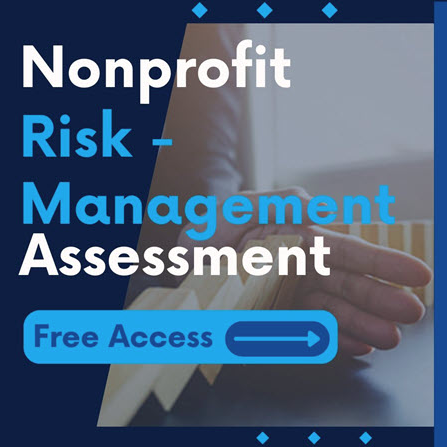

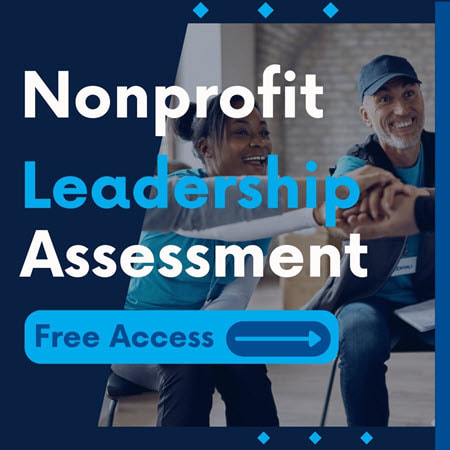
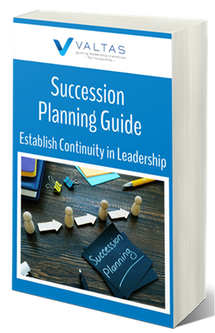
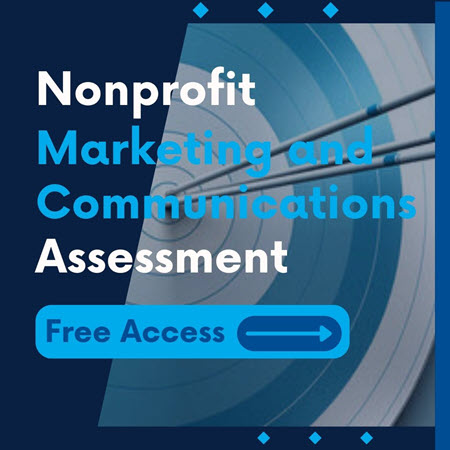
 RSS Feed
RSS Feed
